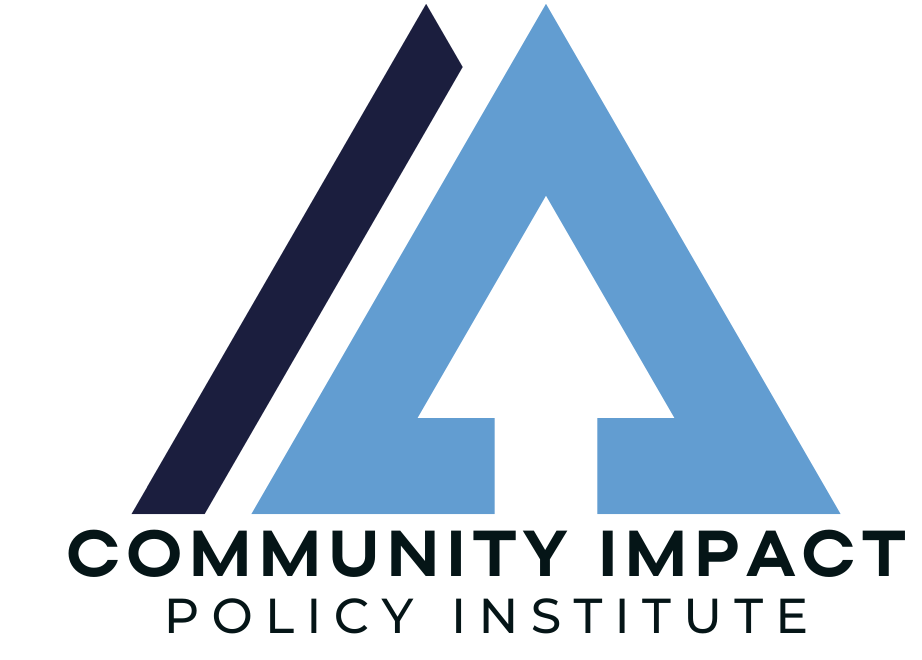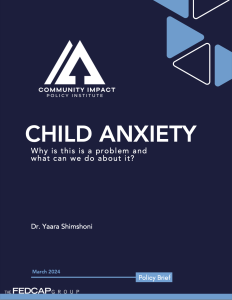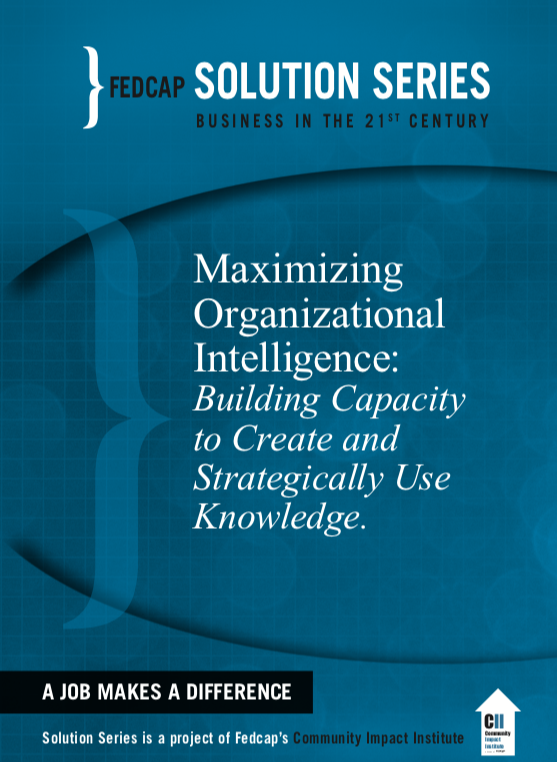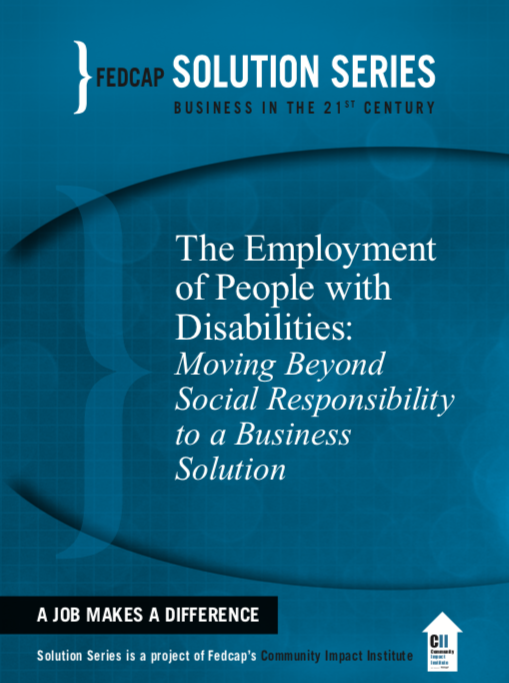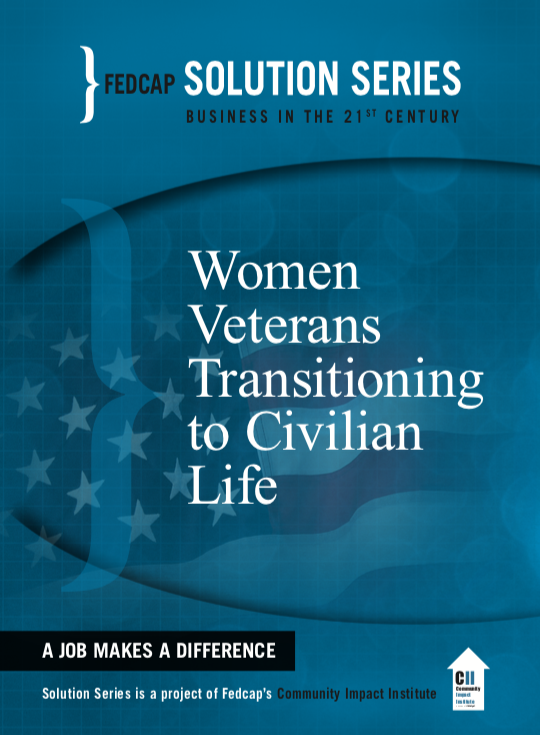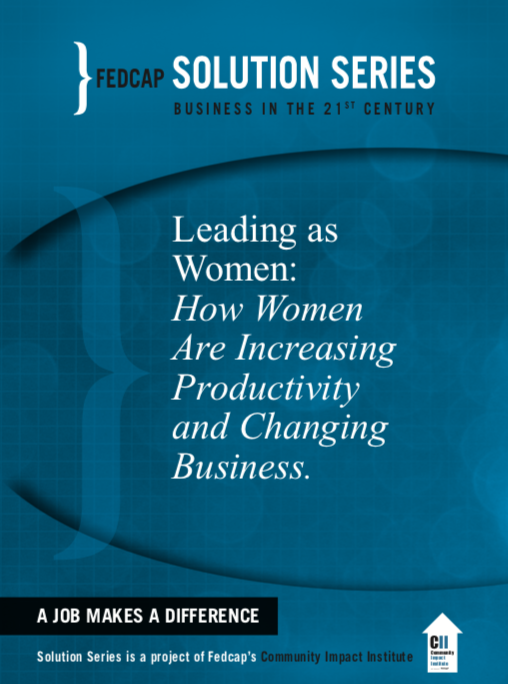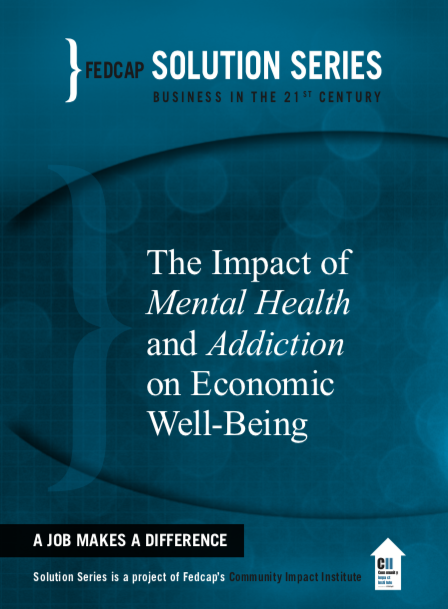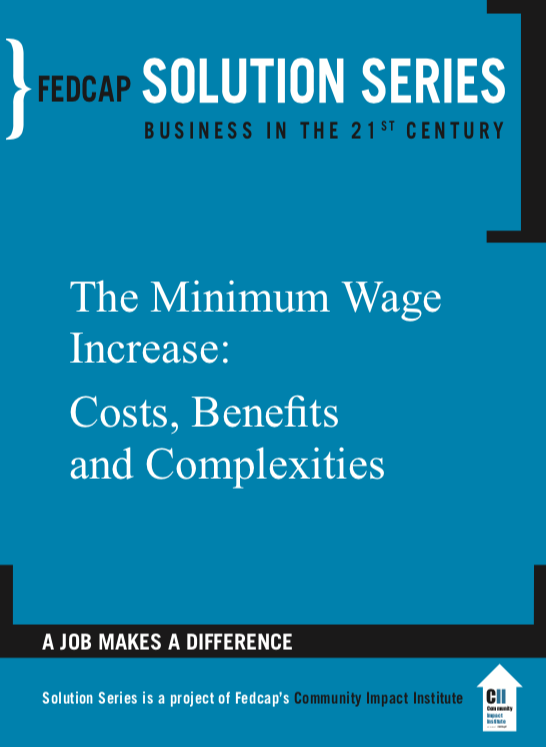Research
The Community Impact Policy Institute conducts cutting-edge research, particularly on barriers to economic well-being. The Community Impact Policy Institute also serves as the “discovery” and strategic planning arm of the The Fedcap Group and its affiliates—promoting capacity building, technical assistance and practice improvement–with a focus on improving the way that services are designed and distributed. Housed within the Community Impact Policy Institute is Fedcap’s Solution Series where business leaders, educators, content experts, and policy makers explore complex issues facing workforce sectors, including increasing minimum wage, breaking-down barriers to employment for veterans and individuals with disabilities, strengthening the pre-K-12 education system, and more.

